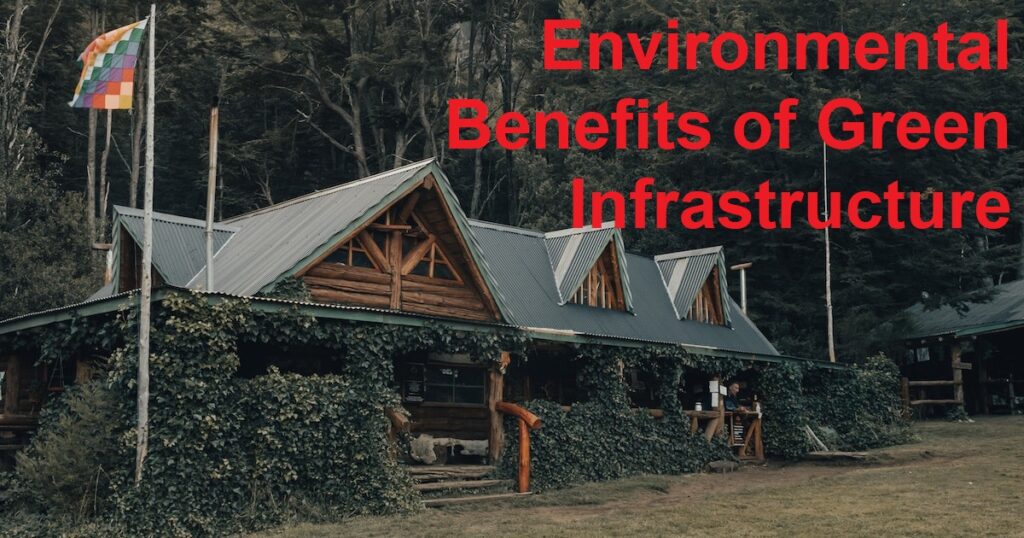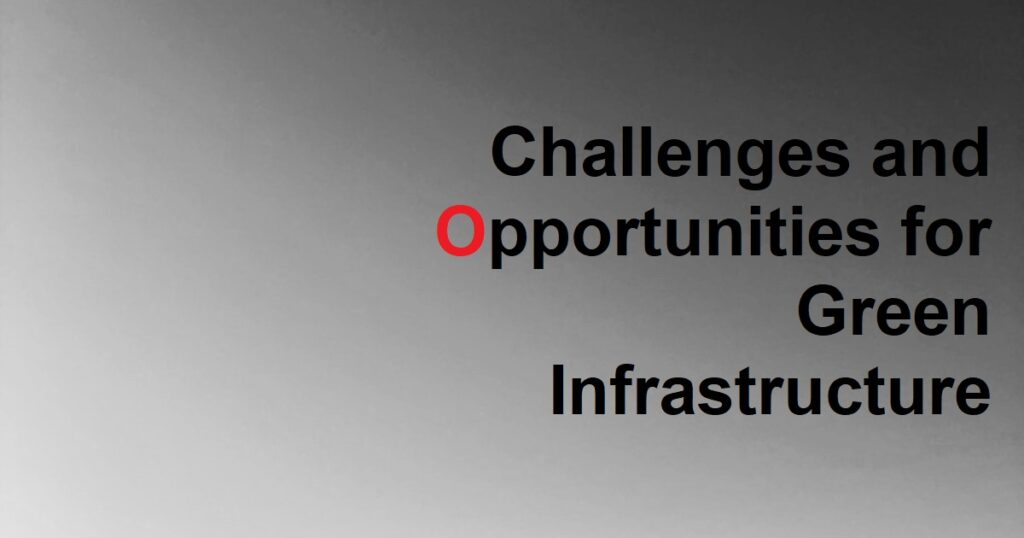Green infrastructure is a term used to describe an interconnected network of natural and semi-natural spaces, such as parks, gardens, forests, and wetlands, designed to provide multiple environmental, social, and economic benefits. While traditionally, the built environment has been dominated by concrete, steel, and glass, green infrastructure offers an alternative approach to urban development that can enhance the quality of life for residents, improve ecological resilience, and reduce the negative impacts of climate change. In this article, we will explore the benefits of green infrastructure and how it can transform our cities and communities.
Introduction to Green Infrastructure
Definition and Types of Green Infrastructure
Historical and Contemporary Context
Principles and Best Practices
Environmental Benefits of Green Infrastructure
Biodiversity Conservation
Habitat Restoration
Air Quality Improvement
Climate Change Mitigation and Adaptation
Water Management and Quality
Soil Health and Erosion Control

Social Benefits of Green Infrastructure
Health and Well-Being
Community Building and Engagement
Education and Research
Crime Prevention and Safety
Aesthetics and Culture
Economic Benefits of Green Infrastructure
Property Value Enhancement
Job Creation and Local Business Development
Cost Savings and Long-Term Return on Investment
Tourism and Recreation
Energy Efficiency and Renewable Energy
Green Infrastructure in Practice: Examples and Case Studies
Urban Parks and Greenways
Green Roofs and Walls
Rain Gardens and Bioretention
Blue-Green Infrastructure and Natural Flood Management
Permaculture and Agroforestry

Challenges and Opportunities for Green Infrastructure
Financing and Funding
Policy and Regulation
Design and Planning
Maintenance and Management
Social Equity and Environmental Justice
Conclusion
Green infrastructure offers a promising approach to addressing the complex challenges of urbanization, environmental degradation, and social inequality. By incorporating nature-based solutions into our built environment, we can create healthier, safer, and more resilient communities, while also protecting our natural resources and improving our quality of life. While there are still many obstacles to overcome, the benefits of green infrastructure are clear, and we should strive to make it a central part of our cities and towns.
FAQs
- What is green infrastructure? Green infrastructure refers to a network of natural and semi-natural spaces designed to provide environmental, social, and economic benefits.
- What are the benefits of green infrastructure? Green infrastructure provides a range of benefits, including biodiversity conservation, air quality improvement, health and well-being, property value enhancement, and cost savings.
- How can green infrastructure be implemented in urban areas? Green infrastructure can be implemented through various measures, such as urban parks, green roofs, rain gardens, and blue-green infrastructure.
- What are the challenges of implementing green infrastructure? The challenges of implementing green infrastructure include financing and funding, policy and regulation, design and planning, and maintenance and management.
- How can I get involved in green infrastructure initiatives? You can get involved in green infrastructure initiatives by supporting local conservation organizations, advocating for green infrastructure policies, volunteering in community projects, and practicing sustainable behaviors in your daily life.
